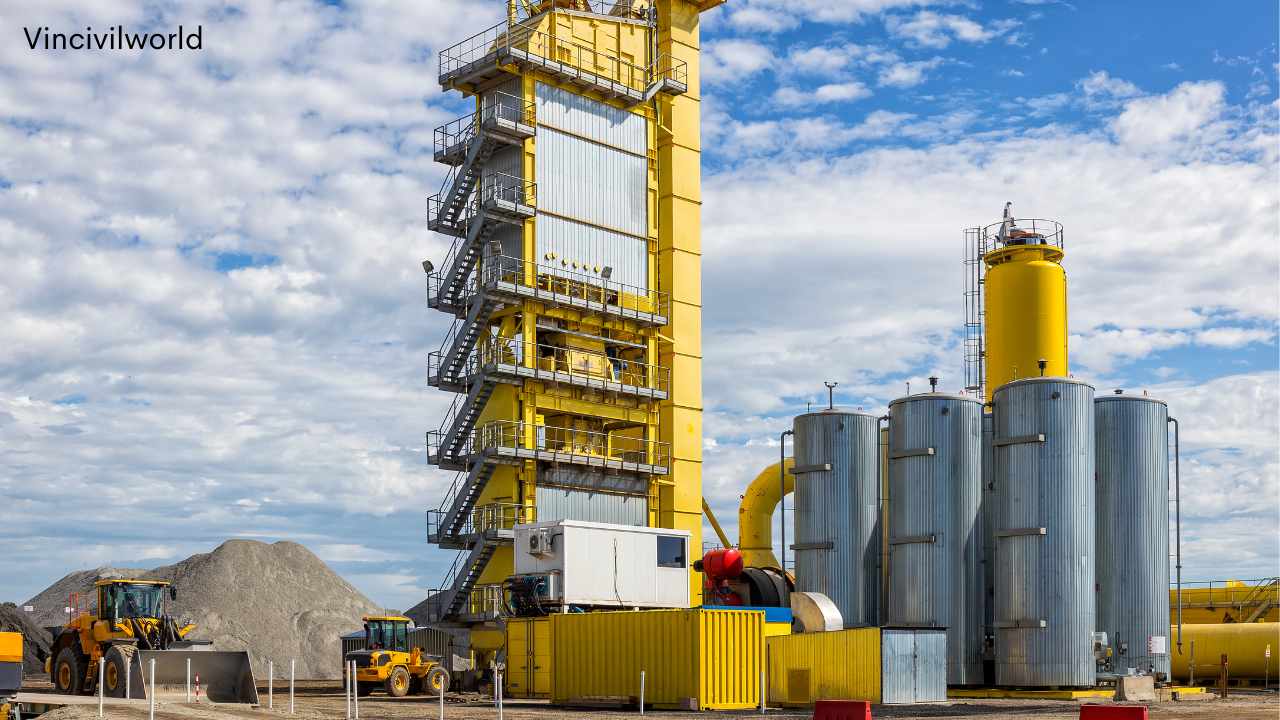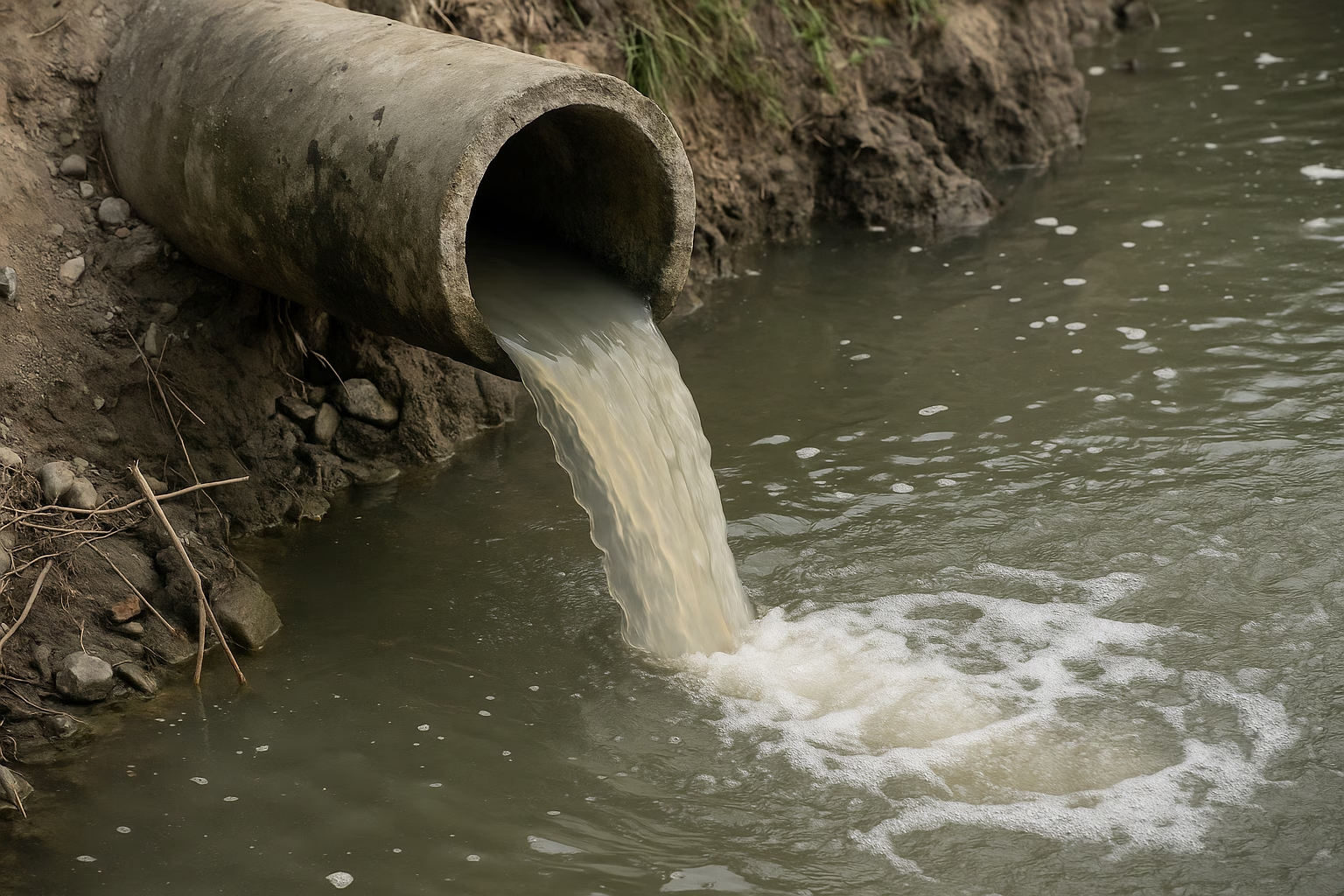There are several civil engineering wonders around us. Golden gate bridge is one among them. It stands for the talent and power of civil engineers. We will go through all the details of the bridge in the blog.
Let’s start from the basics.
What is golden gate bridge?
- The Golden Gate Bridge is a suspension bridge between San Francisco Bay and the Pacific Ocean spanning the Golden Gate, the one-mile-wide (1.6 km) strait.
- The structure connects the northern tip of the San Francisco Peninsula to Marin County in the U.S. city of San Francisco, California, bringing both U.S. The strait is crossed by Route 101 and California State Route 1.
- One of San Francisco and California’s most globally known landmarks is the bridge.
- It was initially designed in 1917 by Joseph Strauss, an architect.
- The American Society of Civil Engineers has proclaimed it one of the Wonders of the Modern World.
Also read: Smart roads complete Information
We will discuss about the design of golden gate bridge in the next section.
Design of golden gate bridge

- Strauss was the chief engineer in charge of the bridge project’s overall design and construction.
- But since he had no knowledge or experience in cable suspension structures, other specialists were responsible for much of the engineering and architecture.
- From a visual viewpoint, Strauss’s initial design proposal (two double cantilever spans connected by a central suspension segment) was inappropriate.
- Leon Moisseiff, the Manhattan Bridge engineer in New York City, invented and championed the final elegant suspension concept.
- The overall shape of the bridge towers, the lighting scheme, and Art Deco elements, such as the tower decorations, streetlights, railings, and walkways, were designed by Irving Morrow, a relatively unknown residential architect.
- Morrow’s personal pick was the iconic Foreign Orange colour, winning out over other options, including the suggestion by the US Navy that it be painted with black and yellow stripes to ensure visibility by passing ships.
- The principal engineer of the project was Senior engineer Charles Alton Ellis, working remotely with Moisseiff.
- Moisseiff developed the basic structural design, implementing his “deflection theory” by which the wind would flex a thin, flexible roadway, significantly reducing stress by transmitting forces to the bridge towers through suspension cables.
- While the design of the Golden Gate Bridge has proven sound, the original Tacoma Narrows Bridge, a later Moisseiff design, collapsed in a strong windstorm shortly after it was.
- In the southern abutment, Ellis was also charged with constructing a “bridge within a bridge” to avoid the need to demolish Fort Point, a fortification of pre-Civil War masonry considered, even then, worthy of historic preservation.
- He built a graceful steel arch spanning the fort and carrying the road to the southern anchorage of the bridge.
- Ellis was a Greek scholar and mathematician who, despite not having an engineering degree, was a University of Illinois professor of engineering at one time.
- Prior to designing the Golden Gate Bridge, he ultimately received a degree in structural engineering from the University of Illinois and spent the last twelve years of his career at Purdue University as a professor.
- He became a structural design specialist, writing the standard textbook of the period.
- Ellis did much of the technological and theoretical work that constructed the bridge, but in his lifetime he received little of the credit.
- Strauss dismissed Ellis in November 1931 and replaced him with Clifford Paine, a former subordinate, allegedly for spending too much money sending telegrams back and forth to Moisseiff.
- Obsessed with the project and unable to find jobs elsewhere during the Depression, Ellis managed to work on an unpaid basis for 70 hours a week, gradually developing into ten volumes of hand calculations.
- Strauss downplayed the efforts of his partners with an eye for self-promotion and posterity, who, while obtaining no recognition or compensation, are primarily responsible for the final shape of the bridge.
- He managed to get himself credited as the person most responsible for the bridge’s design and vision.
- The contributions of the others to the design team were fully acknowledged only much later.
- The Golden Gate Bridge District released a formal report on 70 years of the famous bridge’s stewardship in May 2007 and agreed to give Ellis substantial credit for the bridge’s design.
Also read: Types of road construction
So, what about the traffic through the bridge? Let me show in the next section.
Traffic through the bridge

- As part of the U.S. rivalry, most maps and signs mark the bridge.
- Road 101 and State Route 1. of California While part of the National Highway System, the bridge is not officially part of the Highway System of California.
- To adhere to traffic conditions, the movable median barrier between the lanes is shifted multiple times daily.
- Traffic flows more southbound into the town on weekday mornings, so four of the six lanes run southbound.
- Conversely, four lanes pass northbound on weekday afternoons.
- Traffic is separated by three lanes in each direction over off-peak hours and weekends.
So, we have seen the civil engineering aspect. Next, let me walk you through the main issues.
Issues

There are two many issues related to golden gate bridge.
1. Suicides
- Suicide barriers, consisting of a stainless steel net extending 20 feet from the bridge and reinforced by structural steel 20 feet beneath the walkway, began to be constructed in April 2017 following years of controversy and an estimated more than 1,500 deaths.
- It was first estimated that construction would take approximately four years at a cost of over $200 million.
- In December 2019, because the lead contractor, Shimmick Construction Co., was sold in 2017, leading to the slowdown of many ongoing projects, it was announced that construction of the suicide prevention net had fallen two years behind schedule.
- The completion date for the Golden Gate Bridge network was set for 2023 as of December 2019.
2. Wind
- The Golden Gate Bridge was designed to withstand winds up to 68 mph (109 km/h) safely.
- The bridge was closed only three times until 2008 due to weather conditions: on 1 December 1951 due to gusts of 69 mph (111 km/h); on 23 December 1982 due to winds of 70 mph (113 km/h); and on 3 December 1983 due to wind gusts of 75 mph (121 km/h). On one of the buildings, another anemometer was positioned.
- Beginning in 2019, as part of the bridge retrofitting and construction of the suicide barrier, the railings on the west side of the pedestrian walkway were replaced with thinner, more flexible slats to increase the high wind aerodynamic resistance of the bridge to 100 mph (161 km/h).
So, that’s it about golden gate bridge. Did I miss any interesting aspect? Let me know in comments.
Happy learning!



If the Golden Gate Bridge were built today it wouldn’t be Art Deco. It would probably look similar to the new eastern span of the San Francisco Bay Bridge which looks cheap and flimsy, giving one a feeling of insecurity; exactly what you shouldn’t feel when crossing a bridge. Art Deco costs more, but it’s worth it.